
Deutsch-Chinesische Enzyklopädie, 德汉百科
 Cataluña
Cataluña
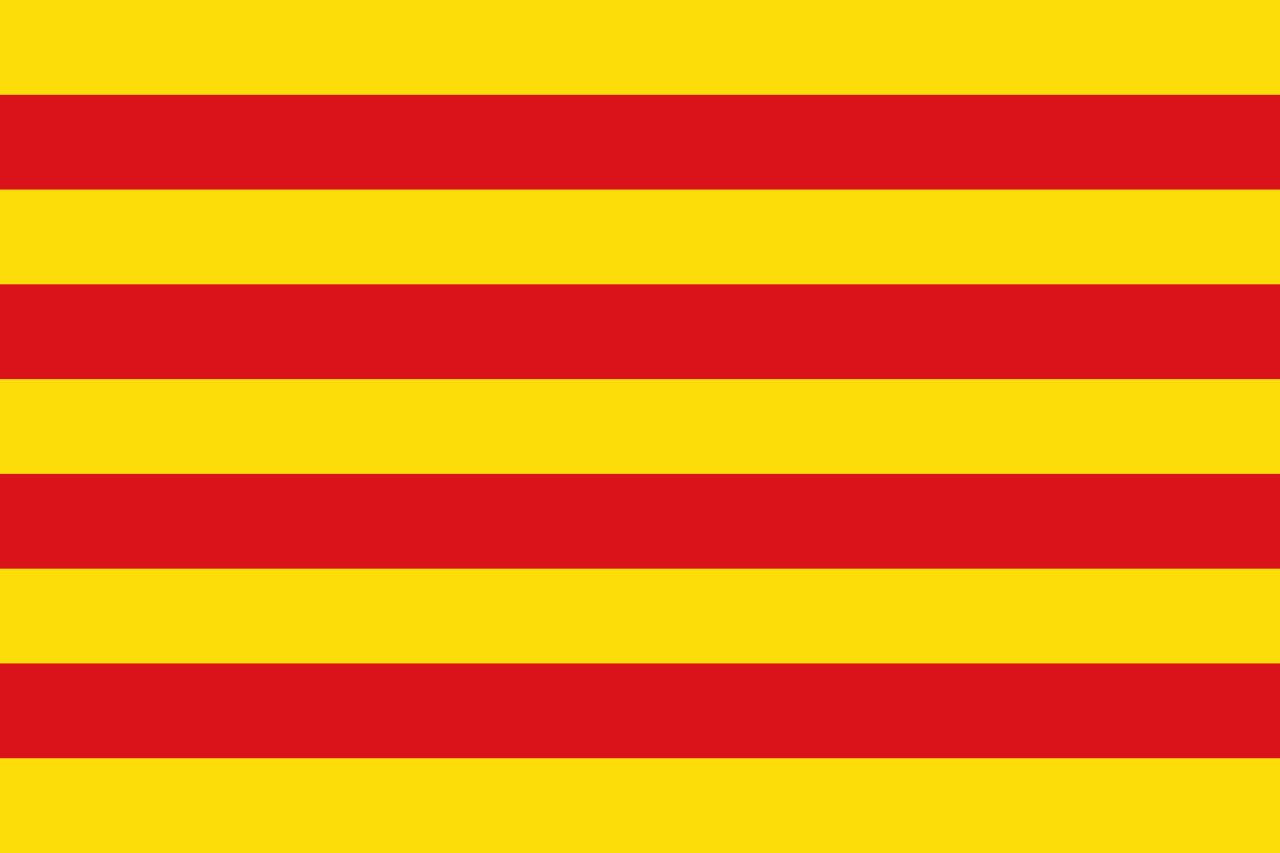

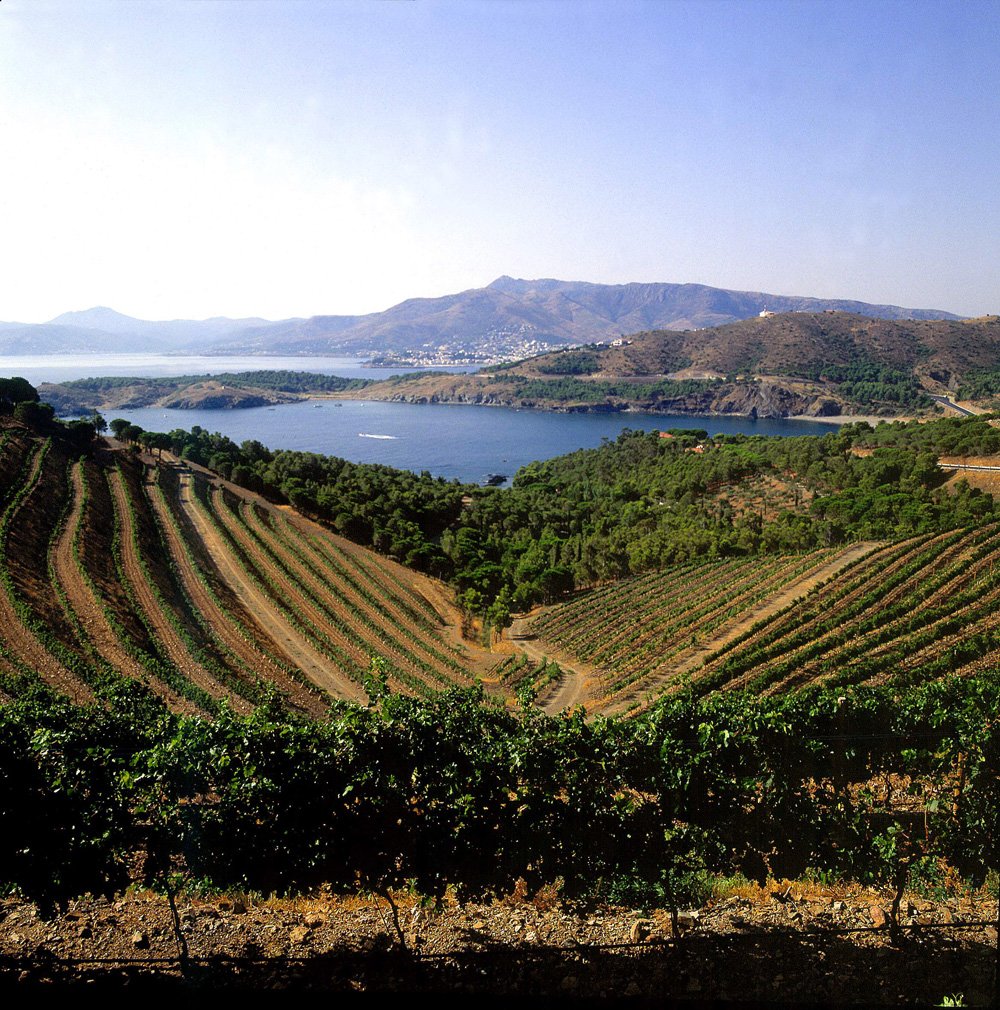
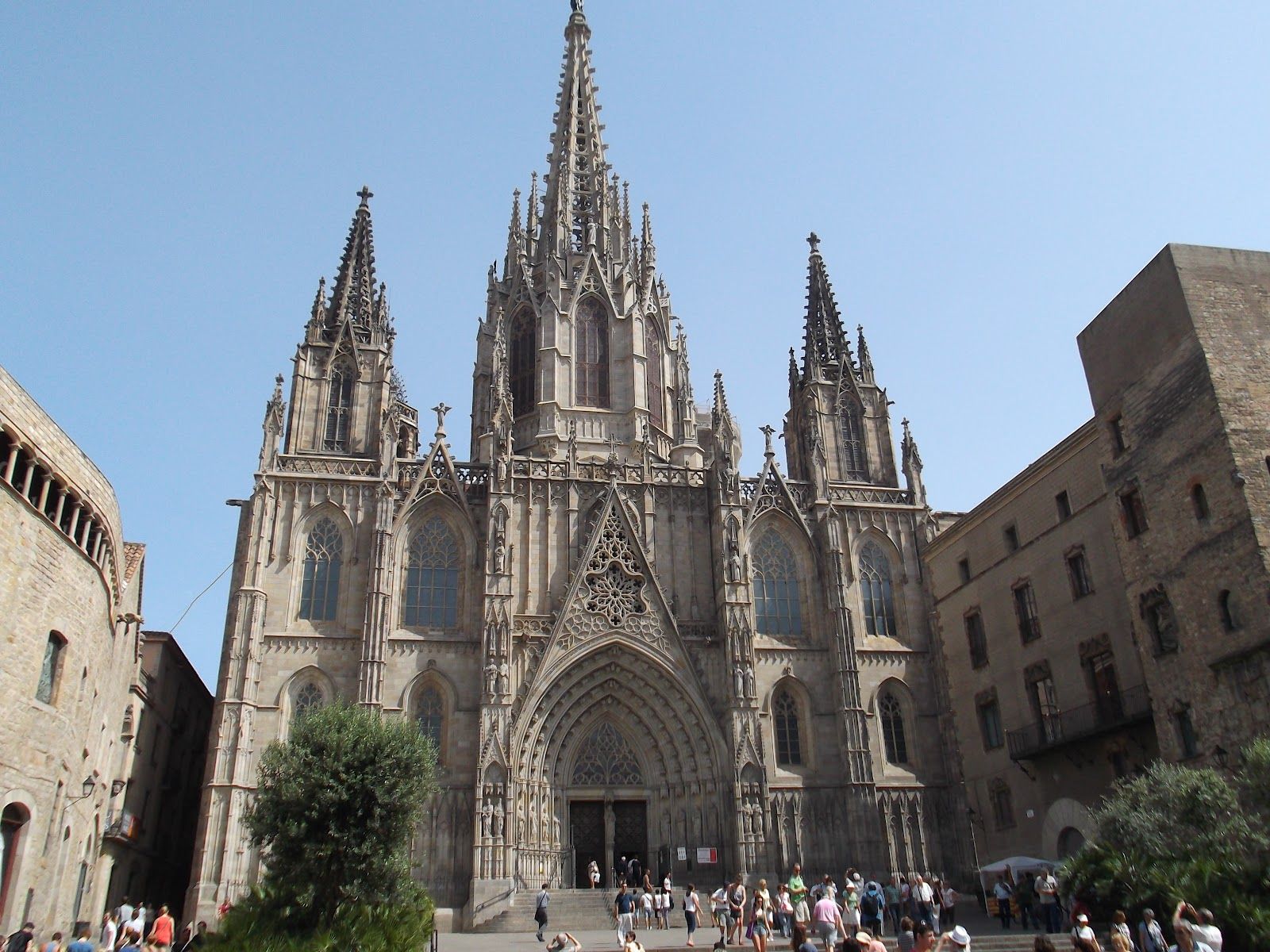
公元初年建于一座大教堂的原址上。在古罗马人时期开始修建,但是最后在哥特人时期建成,因此哥特式风格也是这座大教堂的主要风格
 Anhui Sheng-AH
Anhui Sheng-AH
 Belarus
Belarus
 Belarus
Belarus
 Belgium
Belgium

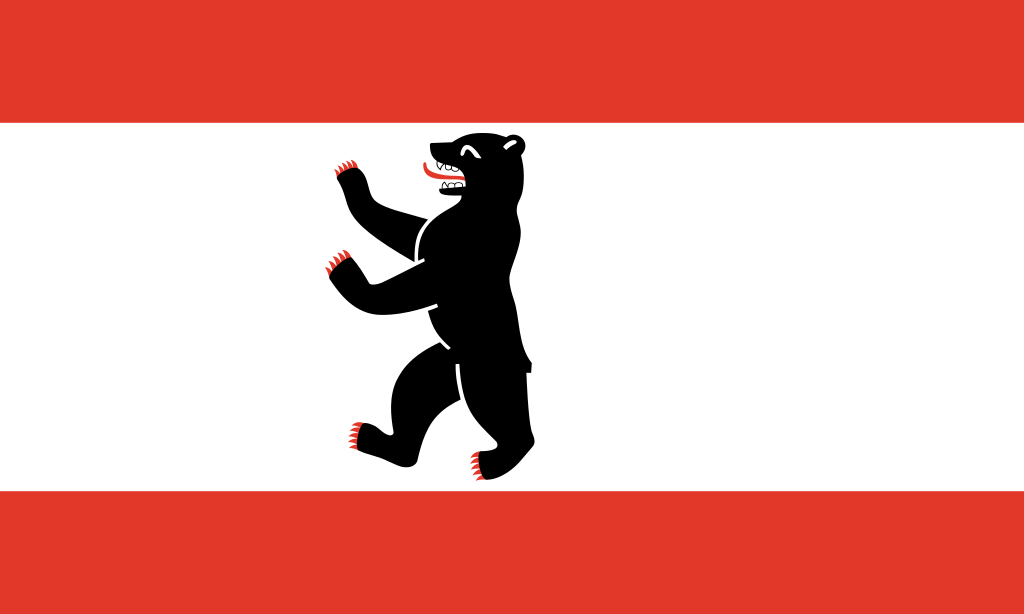 Berlin
Berlin

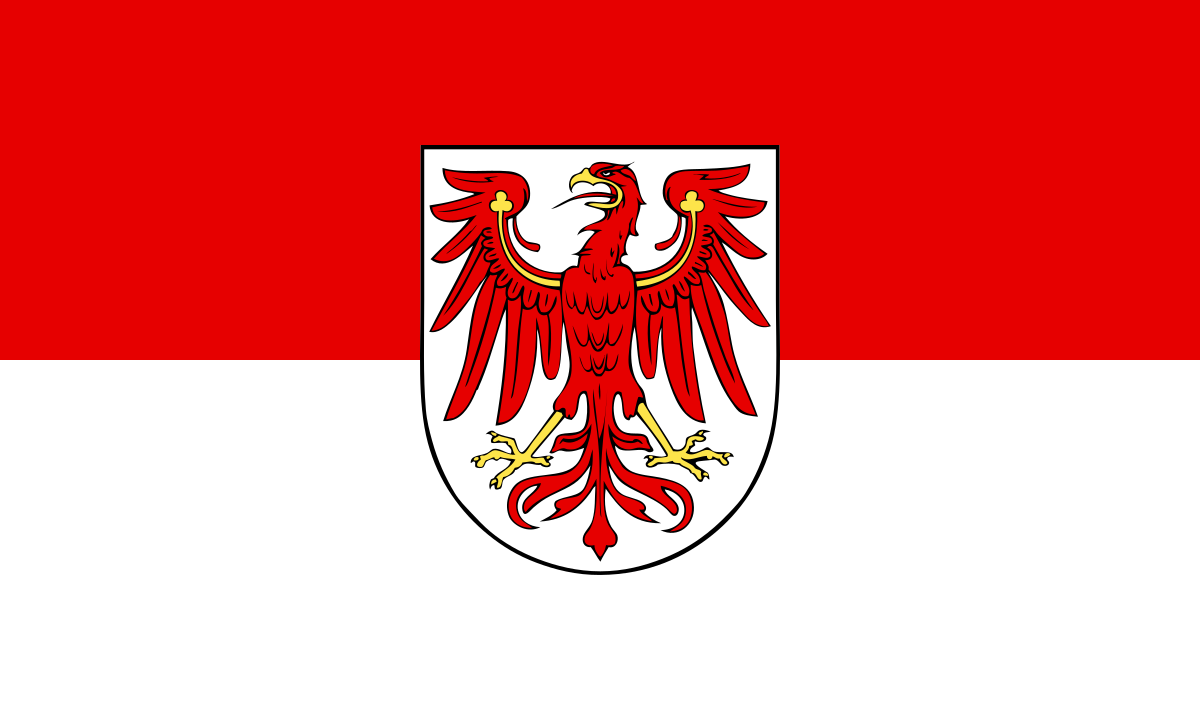 Brandenburg
Brandenburg

 Cataluña
Cataluña
 China
China
 Chongqing Shi-CQ
Chongqing Shi-CQ
 Germany
Germany
 England
England
 France
France
 Fujian Sheng-FJ
Fujian Sheng-FJ
 Gansu Sheng-GS
Gansu Sheng-GS
 Guangdong Sheng-GD
Guangdong Sheng-GD
 Guizhou Sheng-GZ
Guizhou Sheng-GZ
 Guizhou Sheng-GZ
Guizhou Sheng-GZ

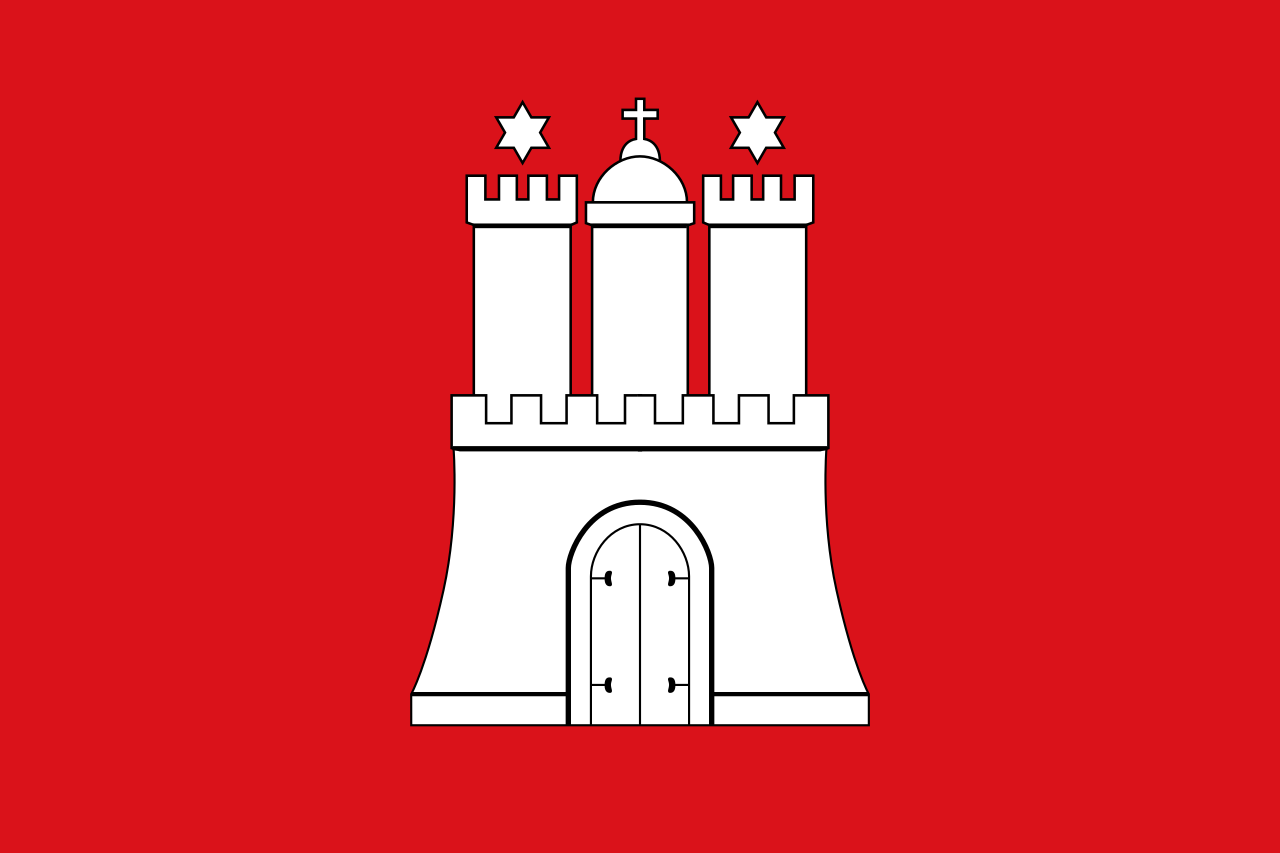 Hamburg
Hamburg

 Hand in Hand
Hand in Hand

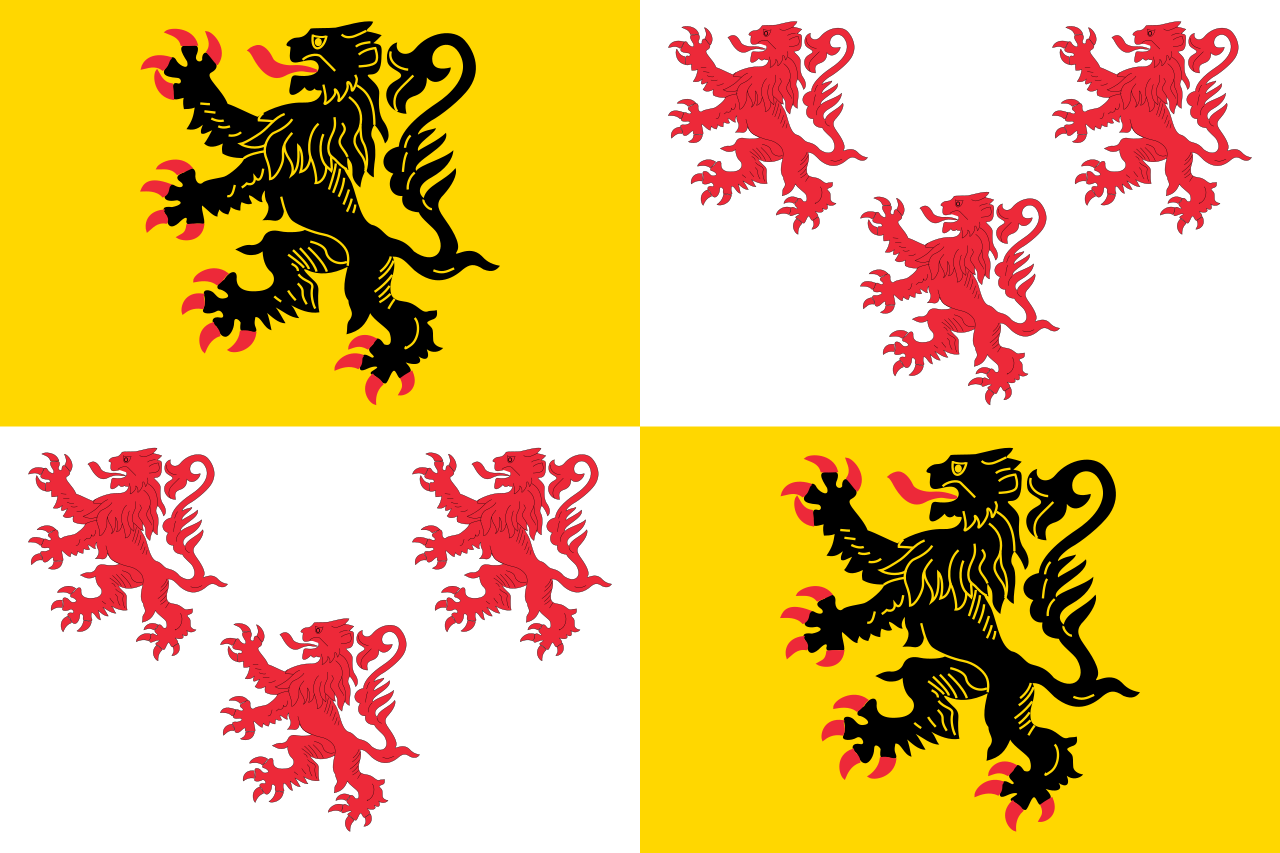 Hauts-de-France
Hauts-de-France
 Hebei Sheng-HE
Hebei Sheng-HE
 Heilongjiang Sheng-HL
Heilongjiang Sheng-HL
 Henan Sheng-HA
Henan Sheng-HA
 Hubei Sheng-HB
Hubei Sheng-HB
 Hunan Sheng-HN
Hunan Sheng-HN
 Jiangsu Sheng-JS
Jiangsu Sheng-JS
 Jilin Sheng-JL
Jilin Sheng-JL
 Kasachstan
Kasachstan
 Liaoning Sheng-LN
Liaoning Sheng-LN

 Madrid
Madrid

 Mecklenburg-Vorpommern
Mecklenburg-Vorpommern
 Nei Mongol Zizhiqu-NM
Nei Mongol Zizhiqu-NM

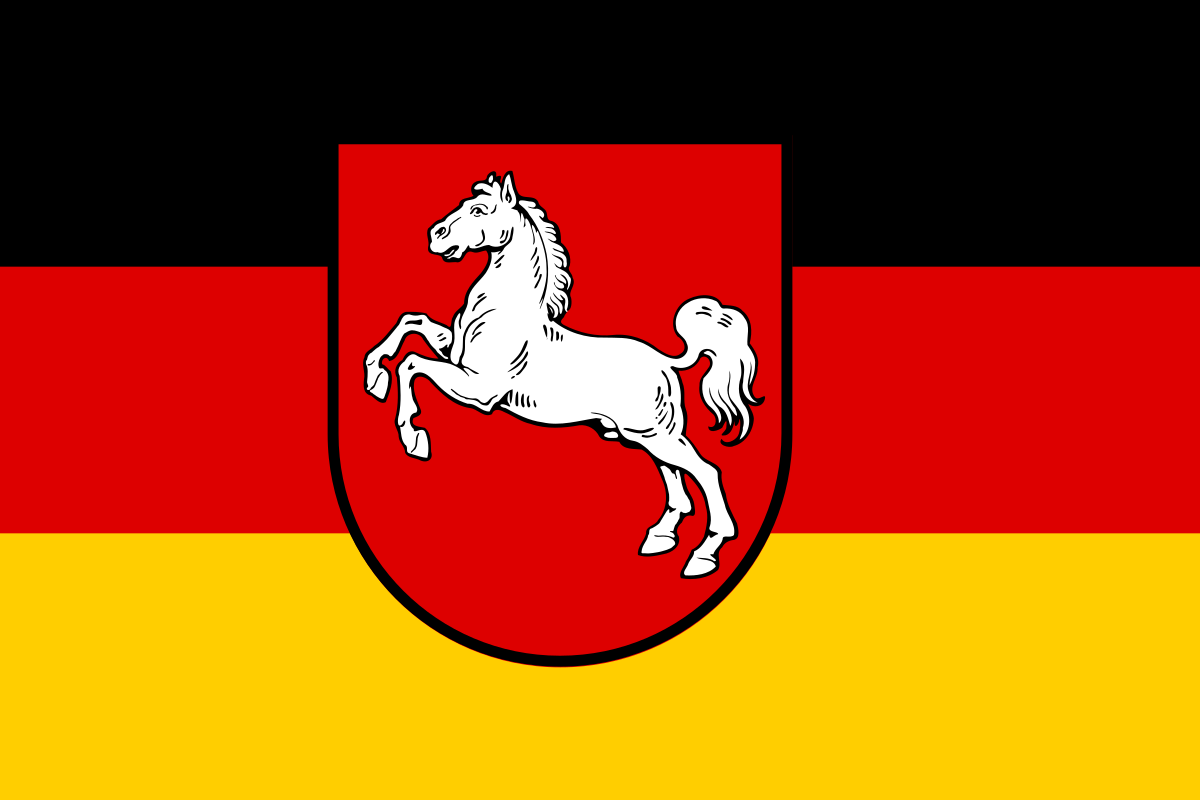 Lower Saxony
Lower Saxony
 Ningxia Huizu Zizhiqu-NX
Ningxia Huizu Zizhiqu-NX
 Nord-Pas-de-Calais
Nord-Pas-de-Calais

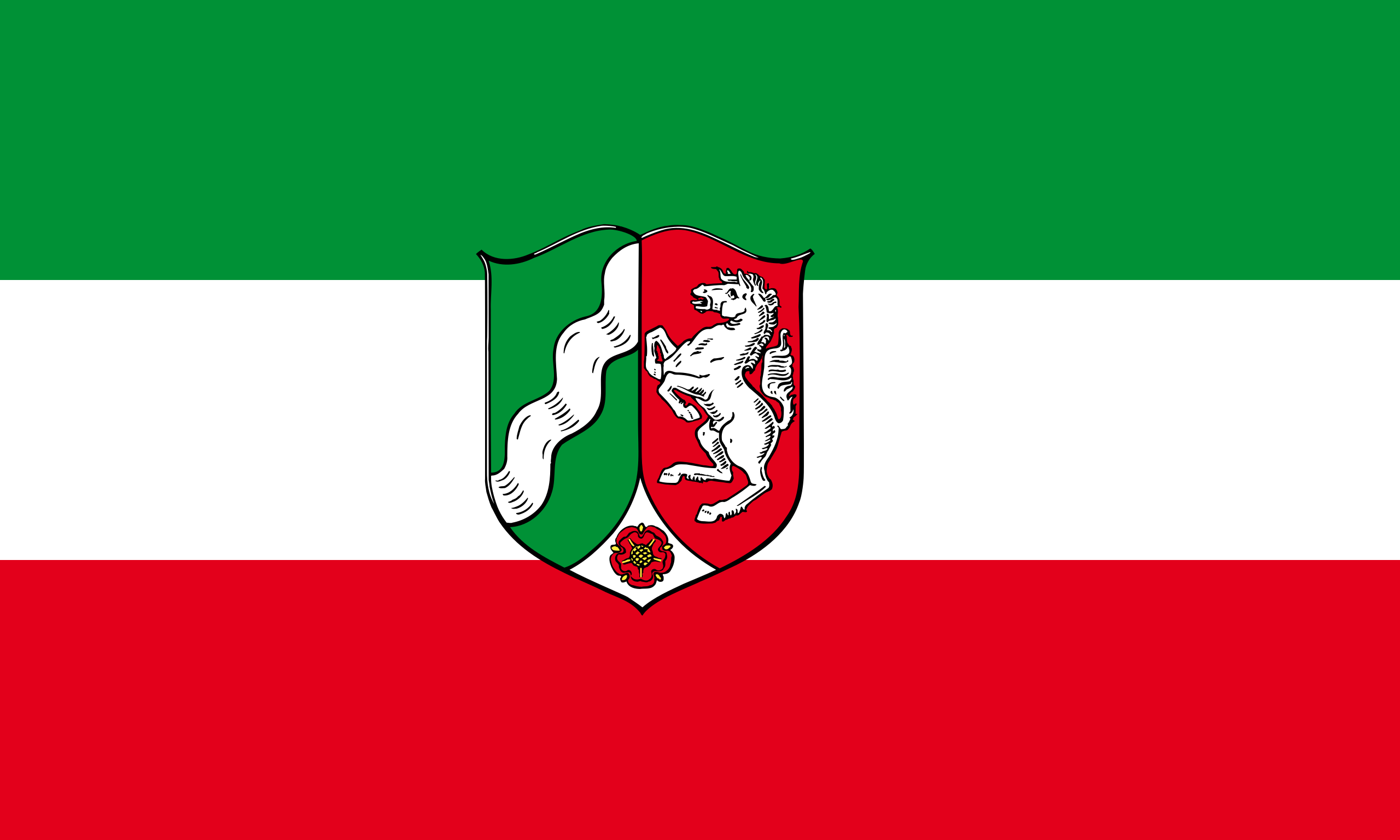 North Rhine-Westphalia
North Rhine-Westphalia
 Poland
Poland
 Qinghai Sheng-QH
Qinghai Sheng-QH
 Russia
Russia

 Schleswig-Holstein
Schleswig-Holstein
 Silk road
Silk road
 Shaanxi Sheng-SN
Shaanxi Sheng-SN
 Shandong Sheng-SD
Shandong Sheng-SD
 Sichuan Sheng-SC
Sichuan Sheng-SC
 Spain
Spain
 Czech Republic
Czech Republic
 Uzbekistan
Uzbekistan
 United Kingdom
United Kingdom
 Xinjiang Uygur Zizhiqu-XJ
Xinjiang Uygur Zizhiqu-XJ
 Xizang Zizhiqu-XZ
Xizang Zizhiqu-XZ
 Zhejiang Sheng-ZJ
Zhejiang Sheng-ZJ

中欧班列(英语译名:China Railway Express 或 China-Europe Railway Express[1][2],简称为 CR express[3])是指按照固定车次、线路、班期和全程运行时刻开行,往来于中国与欧洲以及一带一路沿线各国的集装箱国际铁路联运班列,其中一班是从中国陜西省西安市开往欧洲的火车。[4]为加强与欧洲国家的商业贸易联络,中国政府和中国国家铁路集团与中亚和欧洲各国铁路系统协作,从起初重庆到德国的杜伊斯堡,发展到国内通达城市82个,国外通达欧亚国家的160多个城市,形成了阿拉山口、霍尔果斯、二连浩特、满洲里、绥芬河五大出境口岸,重庆、成都、西安、郑州、乌鲁木齐五大集结中心[5],开行从中国大陆到达最远伦敦、汉堡等地的国际联运列车。[3]
中欧班列也是世界上最长的货运铁路线,连接中国、哈萨克斯坦、俄罗斯、白俄罗斯、波兰、德国、法国、西班牙和伦敦。
Trans-Eurasia Logistics, AKA CHINA RAILWAY Express[1], was a joint venture between German rail company Deutsche Bahn and Russian RZhD, China Railway Corporation from China, Russian Railway Company, Russia operating container freight trains between Germany and China via Russia. The first such train arrived in Hamburg from Xiangtan on 6 October 2008, taking 17 days to make the trip.[2] Intermodal companies Polzug, Kombiverkehr, and TransContainer are also involved in the project.[3]
Container trains travel from China to Germany via the Trans-Mongolian and Trans-Siberian Railways, and then via Belarus and Poland - the route collectively known as the "Eurasian Land Bridge".[3] A break of gauge needs to be crossed when entering Mongolia from China (or Russia directly from China, if traveling via Manzhouli/Zabaykalsk), and then another one when leaving Belarus for Poland.
Trans-Eurasia Logistics operates the Yiwu - Madrid Railway line, which is the longest goods railway line in the world and connects China, Kazakhstan, Russia, Belarus, Poland, Germany, France and Spain. [4]
Trans-Eurasia Logistics est une coentreprise entre la Deutsche Bahn, la Kasachstan Temir Scholy, la China Railway Corporation et la Compagnie des chemins de fer russes, fondée en 20081
Elle permet à des trains de fret entre l'Allemagne et la Chine via la Russie, de réaliser ce trajet en dix-huit jours2.
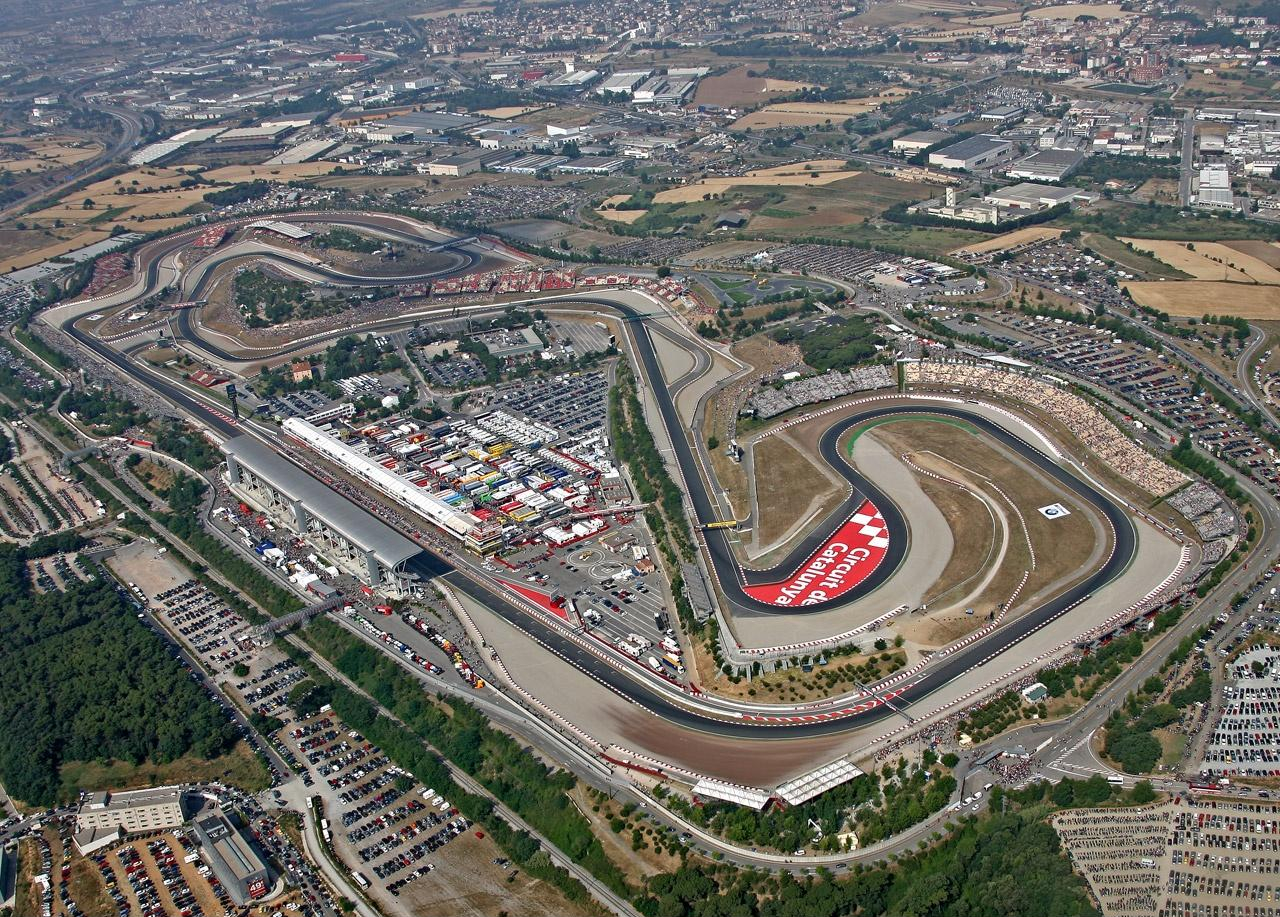
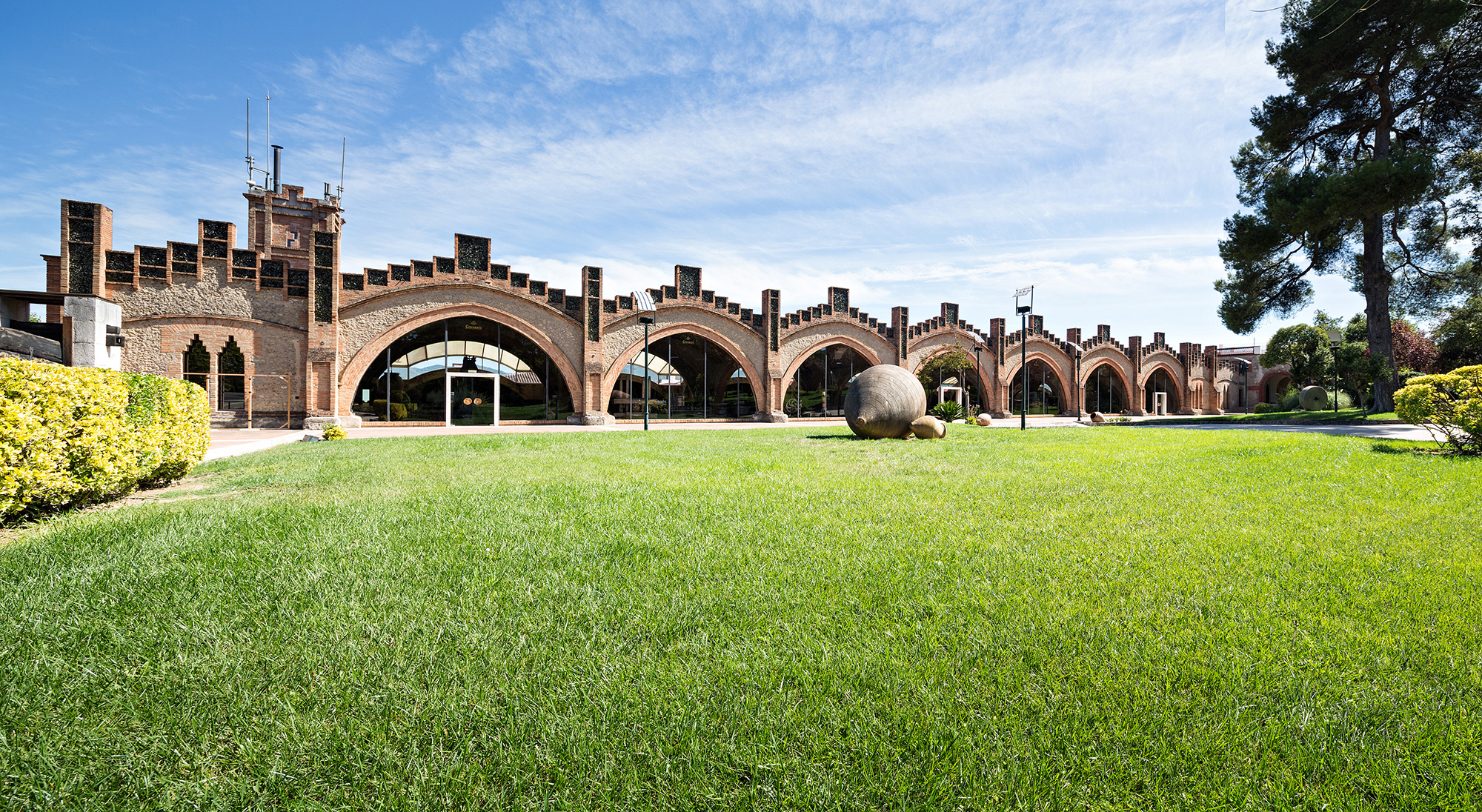

 Cataluña
Cataluña

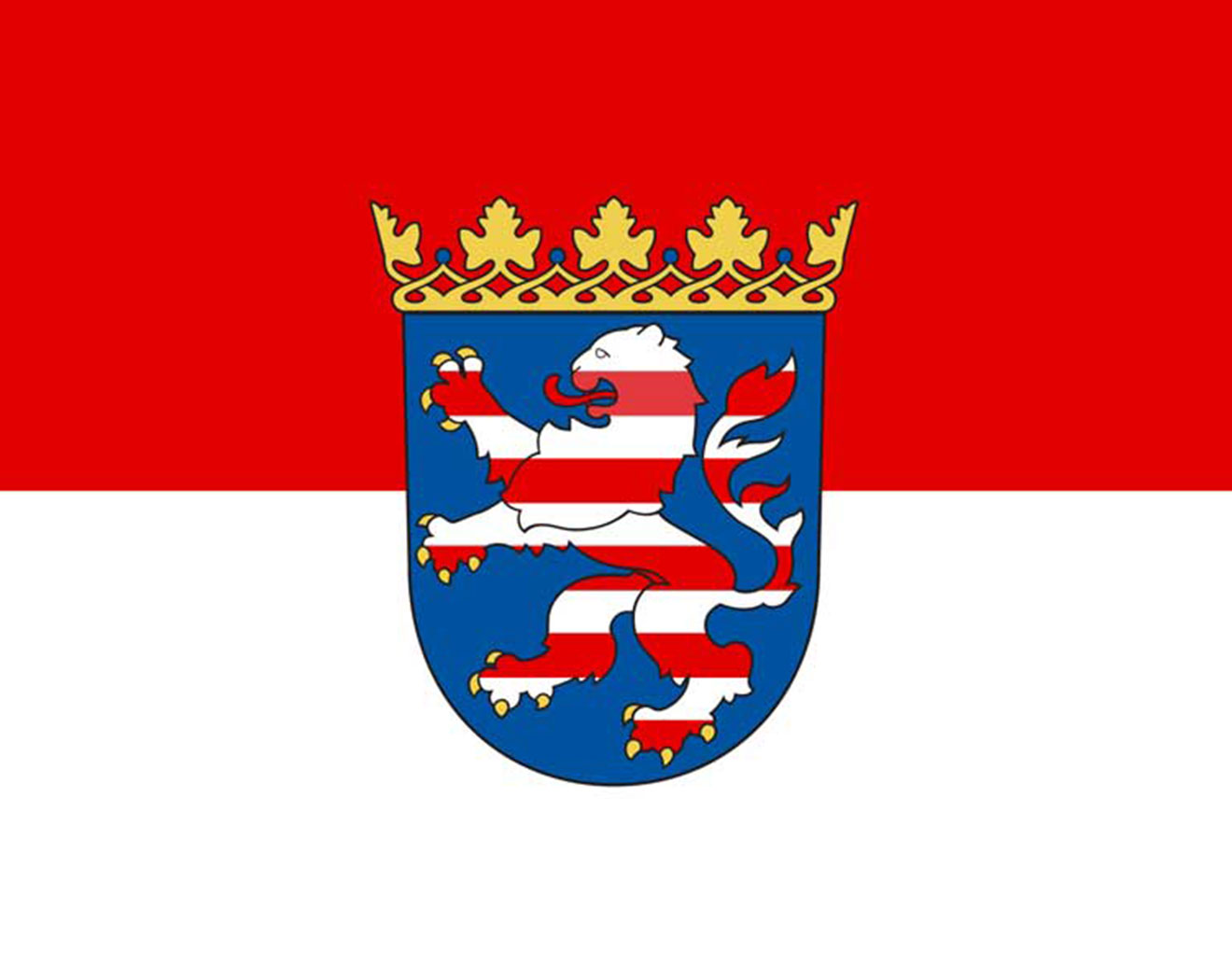 Hessen
Hessen

 Ile-de-France
Ile-de-France
 Kantō
Kantō

 Exhibition
Exhibition
 National Capital Territory
National Capital Territory
 Republic of Korea
Republic of Korea
 Shanghai Shi-SH
Shanghai Shi-SH
 Thailand
Thailand






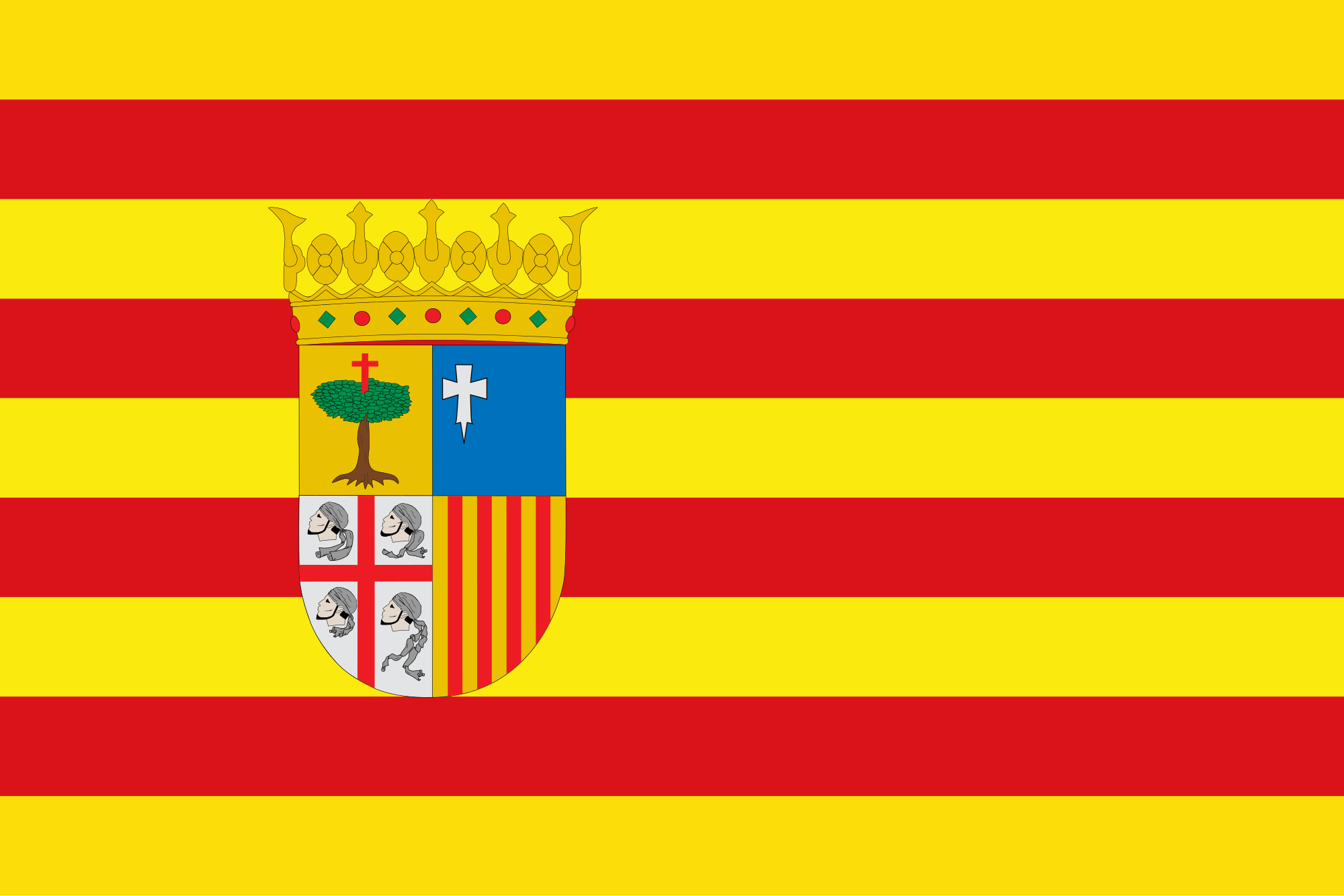 Aragón
Aragón

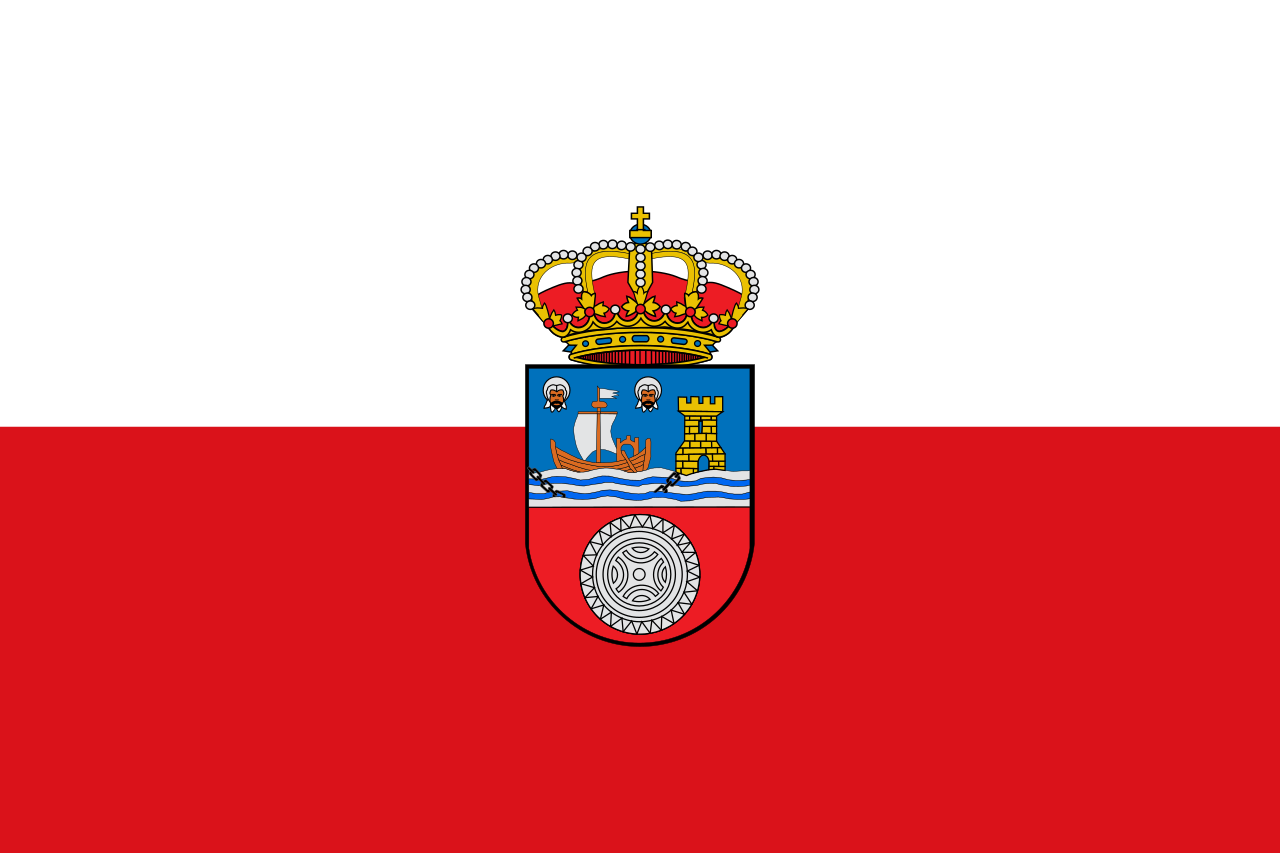 Cantabria
Cantabria

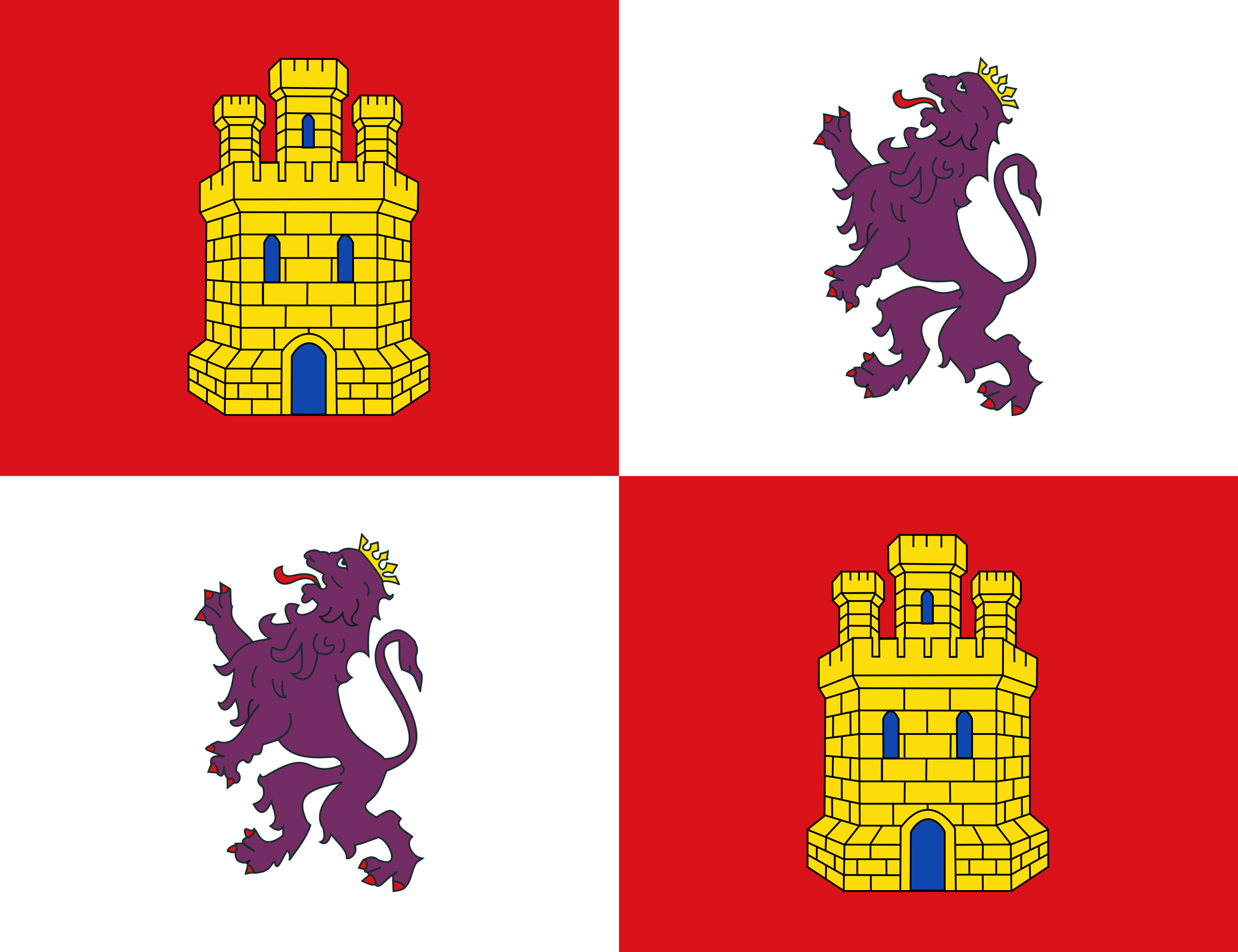 Castilla y León
Castilla y León

 Cataluña
Cataluña

 Comunidad Autónoma del País Vasco
Comunidad Autónoma del País Vasco

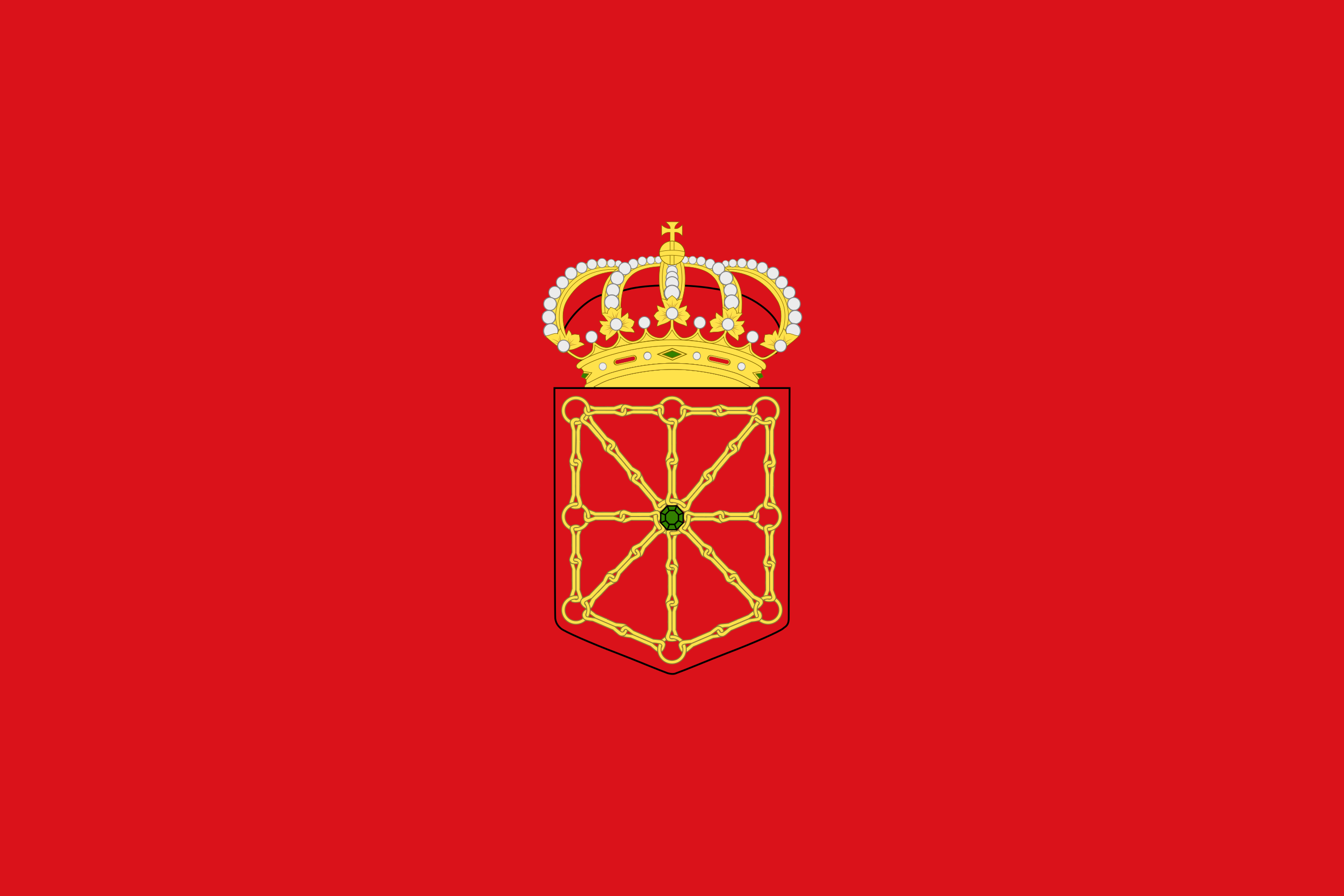 Foral Community of Navarra
Foral Community of Navarra

 Valencian Community
Valencian Community

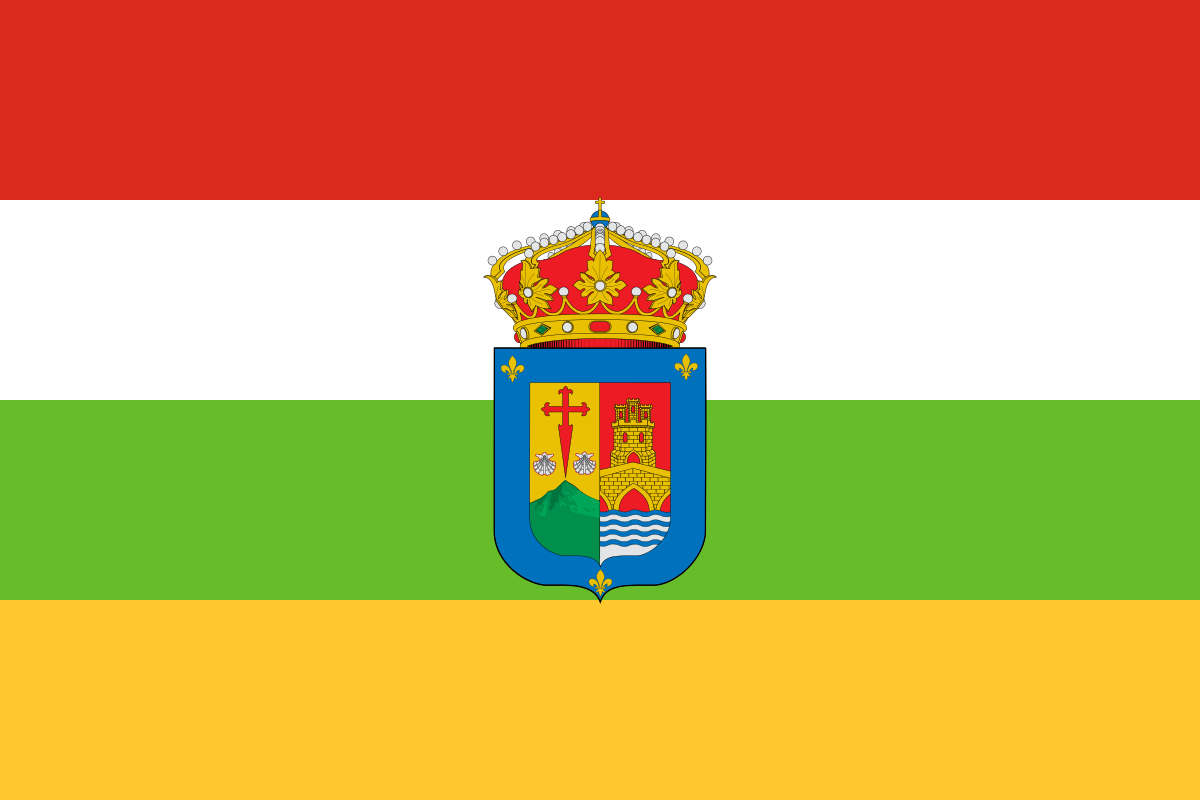 La Rioja
La Rioja
 Spain
Spain
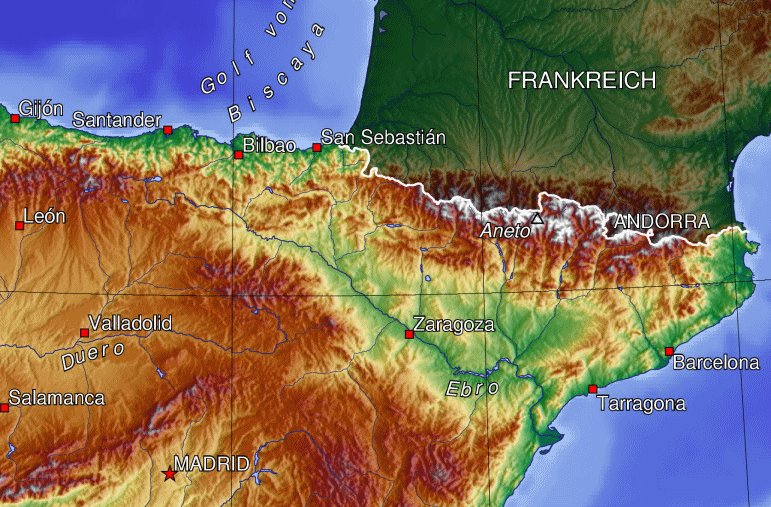
 Architecture
Architecture
 Eat and Drink
Eat and Drink

 Religion
Religion
 Transport and traffic
Transport and traffic
 Motorsport
Motorsport
 Medical, Pharmaceutical, Rehabilitation
Medical, Pharmaceutical, Rehabilitation

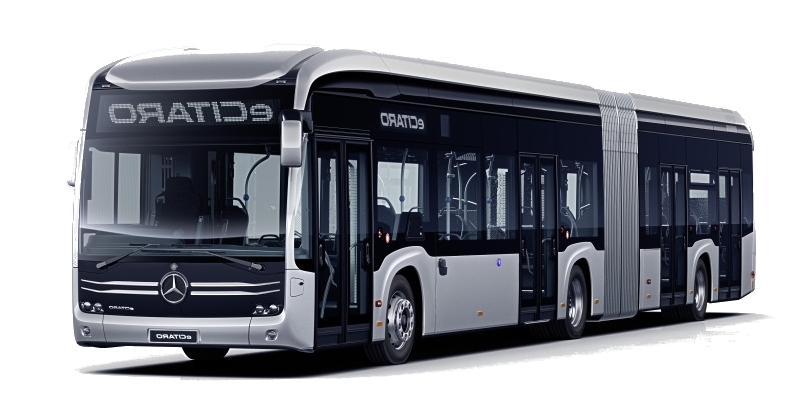
 Automobile
Automobile
 Companies
Companies
 Art
Art
 Life and Style
Life and Style
 Fashion world
Fashion world
 Geography
Geography